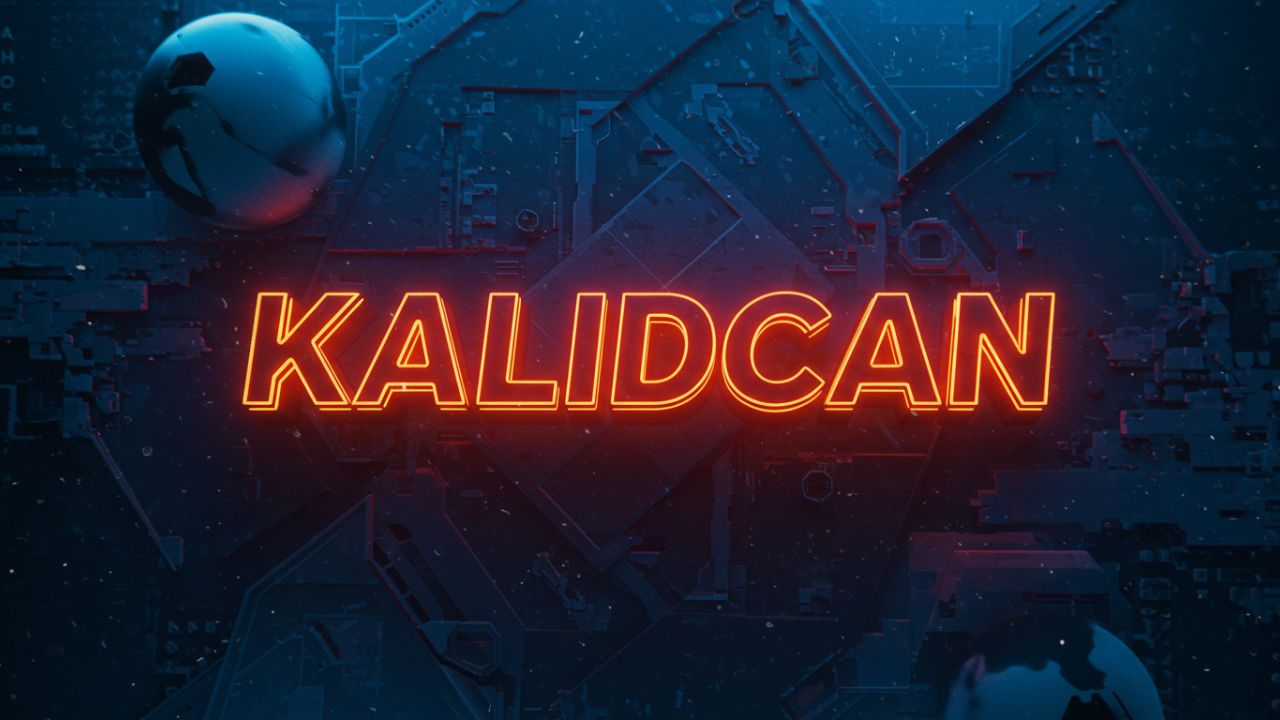What Is Kalidcan?
Kalidcan is a modern, intelligent interface architecture designed to make digital systems more adaptable, intuitive, and efficient. It blends real-time analytics, machine learning, and user behavior tracking to optimize interactions across websites, apps, and software platforms.
Unlike traditional static systems, kalidcan enables an interface to evolve as users interact with it. Whether it’s shifting layout preferences, adjusting navigation elements, or tailoring content, kalidcan adapts based on real-time data. This dynamic approach results in improved usability and higher user engagement.
Why Kalidcan Is Gaining Popularity
The rise of kalidcan isn’t accidental. It addresses a growing demand for personalized digital experiences. Users today expect content that speaks directly to them, intuitive navigation, and applications that learn their preferences. Kalidcan fills this gap with precision.
1. Enhanced Personalization
Kalidcan learns from users’ habits and behaviors. It modifies UI elements, content, and even system recommendations to align with individual preferences much like how streaming services suggest movies based on viewing history.
2. Real-Time Optimization
Traditional systems rely on manual updates. Kalidcan, however, is capable of automatically optimizing interface elements without human input. It continuously refines layout and function based on user interactions.
3. Platform Scalability
From mobile applications to large enterprise systems, kalidcan can be implemented across various platforms, making it a scalable solution for businesses of all sizes.
Core Components of Kalidcan Technology
To understand how kalidcan functions, it’s essential to explore its fundamental elements:
A. Adaptive UI Engine
At the core of kalidcan is its adaptive user interface engine. This system uses data-driven decision-making to rearrange and personalize interface components on the fly.
B. Behavioral Analytics Module
This module tracks real-time user actions clicks, scrolls, time on pagenand sends insights to the adaptive engine for instant modifications.
C. Integration Layer
Kalidcan includes an API-rich layer that integrates smoothly with third-party tools, CRM systems, and marketing platforms, enhancing functionality.
Industries Benefiting from Kalidcan
Kalidcan is not limited to tech giants or developers. It’s a cross-industry solution with broad applications:
1. Retail and E-commerce
Retailers can use kalidcan to offer product suggestions based on browsing habits, improve the checkout flow, and reduce cart abandonment.
2. Healthcare
Medical apps and patient portals benefit from kalidcan’s ability to customize interfaces according to user history, improving patient engagement and satisfaction.
3. Education
EdTech platforms can adapt lesson delivery and design based on student performance, ensuring more effective learning outcomes.
4. SaaS Products
Software providers can deploy kalidcan to allow clients full control over dashboards, user flows, and app functionality based on need.
Benefits of Using Kalidcan
Adopting kalidcan brings several clear advantages:
-
Improved User Retention: Personalized systems encourage users to stay longer and engage more.
-
Reduced Development Costs: The modular and adaptive nature of it shortens build and update cycles.
-
Faster Response to User Needs: Changes in user behavior are addressed instantly, improving experience.
-
Higher Conversion Rates: Businesses can see more sales or signups as interfaces become user-centric.
Challenges of Kalidcan Implementation
No new technology is without its hurdles, and it is no exception.
Technical Complexity
it requires knowledge of data analysis, machine learning, and modern front-end frameworks, which may pose a challenge for small teams.
Security and Privacy
Because it uses behavior tracking, strong data protection protocols must be in place to ensure user privacy.
System Compatibility
Legacy systems may face difficulties in integrating with it modular structure, requiring partial system overhauls.
Kalidcan vs. Conventional UI Systems
| Feature | Traditional UI Systems | Kalidcan |
|---|---|---|
| User Adaptability | Low | High |
| Learning Ability | None | Machine-Learning Enabled |
| Update Frequency | Manual | Automated, Real-Time |
| Personalization Level | Limited | Deep, User-Specific |
| Development Speed | Slower | Fast via Modular Components |
As the table above illustrates, it clearly outperforms conventional systems in areas critical to modern digital success.
How to Start Using Kalidcan
Are you thinking about implementing kalidcan into your system? Here are some practical steps to get started:
-
Assess Your Current Platform: Understand the limitations and structure of your existing digital system.
-
Define Goals: What do you want to improve conversion, engagement, UX?
-
Choose a Kalidcan Provider: Some companies offer plug-and-play kalidcan frameworks.
-
Run Tests: Pilot the system with small user groups and gather feedback.
-
Optimize and Expand: Gradually integrate it across more areas based on test results.
What’s Next for Kalidcan?
Looking forward, it is expected to evolve even further. Here’s what we can expect:
-
AI Integration: Future versions will use advanced AI models to predict user actions before they occur.
-
Voice and Gesture Compatibility: it may soon support natural user interfaces, including voice and motion.
-
Open-Source Libraries: More developers are working on shared kalidcan tools, reducing implementation time.
Conclusion: Kalidcan Is More Than a Buzzword
it represents the future of how users interact with digital systems. Its personalized, data-driven, and adaptive approach makes it a powerful tool for businesses and developers seeking to stay ahead in the digital age. While it requires thoughtful implementation and attention to privacy, the benefits far outweigh the challenges.
If you’re aiming for a smarter, more engaging platform, it’s time to explore what kalidcan can do for you.

